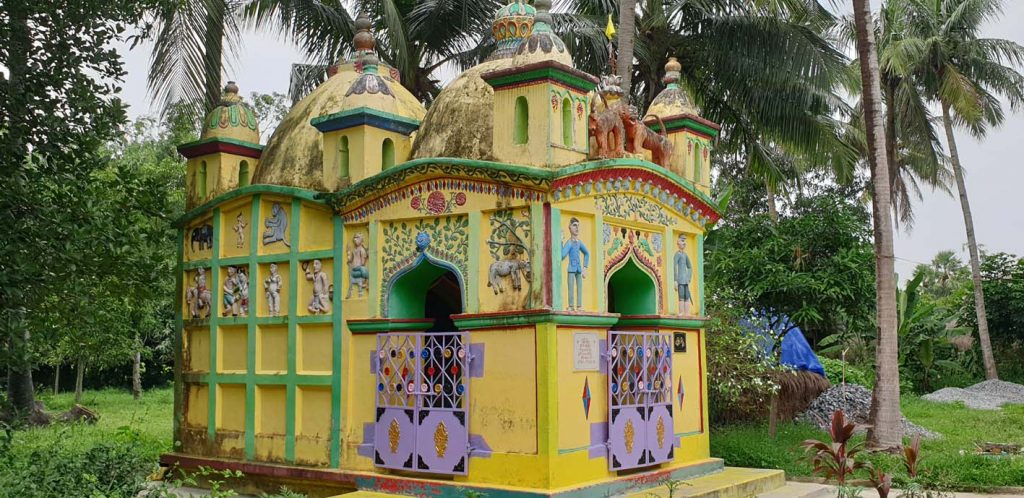Simulia: There is a 200 year-old Gurudwar at Pahitorana village under Simulia block of Balasore. Its uniqueness lies in its tradition of communal harmony – Brahmin priests perform puja here while Bhagwat is read out every day.
However, its origin has been shrouded in mystery. Locals say, there is no clear cut idea about when the Gurudwar was set up and why it was set up.
According to legends, Dinabandhu Sahu, a landlord of the area, had set up this Gurudwar. Earlier, a photo of Guru Nanak was being worshipped in a thatched house. In 1919, a Gurudwar was built.
85-year old Bhaskar Chandra Sahu, one of the grandsons of the landlord claimed that his great grandfather used to look after the Gurudwar.
“After my great grandfather died, my father used to look after the Gurudwar. Now may family members have the responsibilities to run it.” He added.
The land which has been registered in the name of the Gurudwar has been allotted to some Brahmin priests.
Some people of Punjab came to know about the Gurudwar and built its main gate last year. They also put up a flag of their religion at the place.
Bhaskar Sahu claimed that Kashmir King Hari Singh and Deepak Singh from America had visited the Gurudwar.
But he could not explain why this Gurudwar was set up in such a rural set-up.
78-year old Surendra Panigrahi, one of the priests, said as per tradition, upachar puja is performed in the mornings and evenings.
“Every day, three handful of khai, molasses, ghee and tulsi leaves are offered as bhog. Alati is offered. In view of such rituals, this religious place has its own significance,” Panigrahi said.
A large number devotees throng the Gurudwar for fulfillment of their wishes. Many patients have cured leprosy after worshiping here, the priest said.
Three Brahmin priests worship the Gurudwar in turns.
A month-long Bhagawat recital programme is organised here from Abhisek purnima to Aghira purnima with religious fervor. During this celebration, bhog is prepared from suji, ghee and sugar, he added.
PNN

